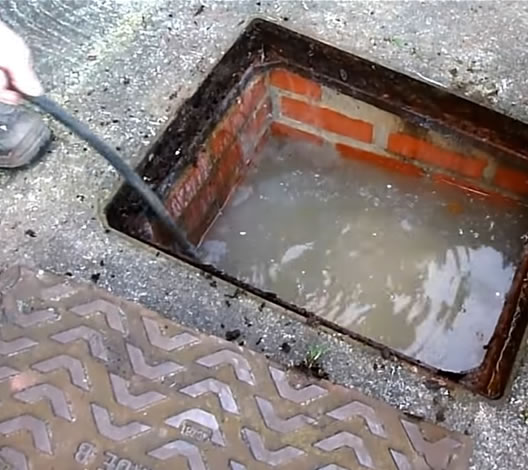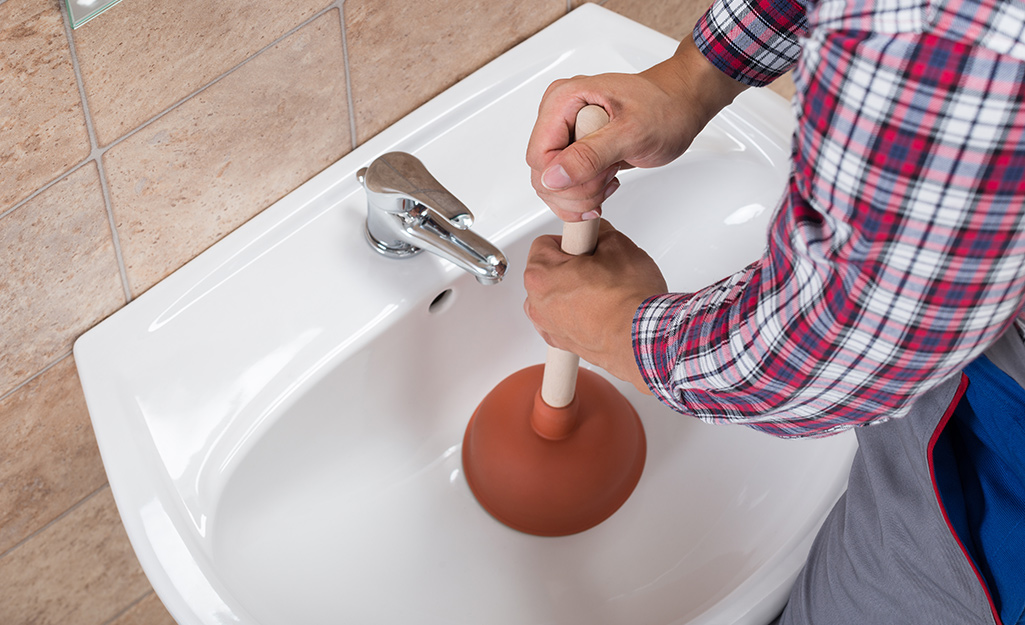Techniques for Handling a Blocked Drain Before Reaching out to Professional Plumbers
Techniques for Handling a Blocked Drain Before Reaching out to Professional Plumbers
Blog Article
The author is making several good points on the subject of How to handle a clogged drain in your home in general in this content in the next paragraphs.

Intro
Managing an obstructed drain can be a frustrating experience, disrupting day-to-day tasks and potentially triggering damage to your residential property. Nevertheless, prior to connecting to plumbing experts, there are actions you can take to resolve the problem yourself. In this overview, we'll discover do it yourself options and safety nets to take on an obstructed drainpipe efficiently.
Recognizing the Concern
The first step in addressing a blocked drainpipe is recognizing the signs. Slow-moving water drainage, gurgling audios, foul odors originating from drains, or water support up prevail indications of a blocked drain. Identifying these indicators early can assist stop better problems.
Typical Causes of Obstructed Drainpipes
Understanding the aspects that contribute to drain clogs is essential for efficient resolution. Usual perpetrators consist of hair, soap residue, oil, food particles, and foreign objects like hygienic products or paper towels. Tree roots invading underground pipes can additionally cause considerable blockages.
DIY Solutions
For small obstructions, a number of DIY solutions can be effective. Putting boiling water down the drainpipe can assist liquify grease and particles. Baking soda and vinegar or a blend of salt and baking soft drink can work as all-natural cleaners. Making use of a plunger or pipes serpent to displace obstructions is another choice.
Tools and Devices
Having the right devices accessible can make DIY drain cleaning up more reliable. A plunger is a versatile tool for removing blockages in sinks, commodes, and showers. A plumbing serpent or auger can reach deeper obstructions, while drain cleansing chemicals can be utilized meticulously for persistent clogs.
Safety nets
To stay clear of future obstructions, adopting preventive measures is important. Set up drain guards or filters to catch hair and particles before they enter the pipelines. Regularly flush drains with hot water to liquify oil buildup, and prevent dealing with oil or strong waste down the tubes.
When to Call a Professional
While DIY services can solve small blockages, specific indications show the need for expert assistance. Relentless clogs, foul odors despite cleansing efforts, or several drains pipes supporting concurrently are warnings that warrant professional intervention.
Choosing the Right Pipes Solution
When choosing a pipes solution, consider aspects such as experience, licensing, and consumer testimonials. Select a reputable plumbing with a record of top quality workmanship and transparent rates practices.
Cost Factors to consider
The price of professional drain cleaning company can differ depending on the seriousness of the blockage and the plumber's rates. Demand quotes from numerous carriers and ask about any service charges to ensure transparency and stay clear of surprises.
Security Precautions
When trying DIY drainpipe cleansing, prioritize safety. Use protective gloves and eyewear to stay clear of contact with hazardous chemicals or microorganisms. Never mix different drainpipe cleansing products, as this can create hazardous fumes.
Situation Researches
Real-life examples show the effectiveness of DIY options and the importance of timely professional treatment in dealing with drainpipe obstructions.
Final thought
By following the suggestions laid out in this overview, you can effectively take on blocked drains and avoid future plumbing concerns. Whether selecting DIY solutions or seeking specialist help, punctual action is vital to maintaining a healthy pipes system and maintaining the integrity of your home.
How to Clear a Clogged Drain Yourself (And When to Call In the Professionals)
What Can Clog a Drain
Dirt Skin flakes Hair Grease Soap scum Food Offset pipes Tree roots Small objects Mineral buildup DIY Tricks to Unclog a Drain
You can fix this! Once you have identified the source of the clog (or have a vague idea), you can try one or a combination of these fixes in order to clear your plumbing.
Wire Hanger or Snake
Untangle and clear out hair from a drainpipe with a homemade snake. Use a straightened-out wire hanger with a 90-degree angle hook to locate the clog and drag out any unwanted material.
Remember not to push the clog further down to where the wire hanger cannot reach! If you need to follow up with a plunger, give it a try. Your efforts might be more successful after it’s been wire-snaked.
If you want to get fancy and don’t have a wire hanger to spare, head to the store and pick up a hand-operated drain snake. You can get one for $10-$30. It may save you the hassle, and provide additional length to reach deep into the clogged pipe.
Plunger
A cup plunger has a suction cup attached to a wooden handle. The rubber creates a seal around the drain, and increases the pressure force of the plunger.
Plunge for 30-second increments to loosen the clog. This may need to be repeated over the course of 15-20 minutes. Once plunged, run the water to flush the remaining material out of the drain.
Remember– never use a plunger if you have used a chemical drain cleaner. These chemicals can splash up from the force of the plunger and cause serious injury or burns.
Boiling Water
Hot water can sometimes break up materials into a flushable amount. Dirt, grease, and soap buildup requires heat in order to unstick from surfaces.
Take your kitchen kettle and heat your water to a boil. Once it reaches a rolling boil, pour it directly down the drain into the blockage. Carefully follow with plunging, if necessary.
Don’t worry if this takes more than one try! It can often take multiple kettles and repeated plunging in order to clear a particularly stubborn clog.
Chemical Drain Cleaner
As a last resort, pick up a bottle of chemical drain cleaner. Drain-cleaning chemicals are potent, and not very good for the environment.
You may need to wear protective eyewear in gloves before handling your bottle of chemical drain cleaner. Follow the instructions printed on the bottle, and flush with water as soon as the instructions allow. Do not follow with plunging.
Baking Soda and Vinegar
As a safer alternative to chemical drain cleaner, baking soda and vinegar can create a chemical reaction that clears tough clogs.
Combine one cup of cleaning vinegar with one cup of boiling water, and set aside. Once you have done this, pour half a cup of baking soda down the drain. Give the baking thirty seconds to settle and cover a large portion of the problem drain.
Following the baking soda, pour down your vinegar and hot water solution. Once the vinegar and baking soda combine, the mixture will bubble and fix. Let this reaction fizzle in the drain for about an hour.
After an hour, follow with a kettle’s worth of hot water. The heat and liquid should flush out any remaining material.
When to Call a Plumber
If your DIY attempts haven’t cleared your clog drain, it’s time to call in a professional. It’s not worth losing access to your kitchen sink or high-traffic bathroom. A clog in a vital area can keep you from the things you’d rather be doing, and derail your routine.
Anytime a clog is causing water to spread is a time to call in a plumbing service. What starts out as a little bit of water can quickly grow into serious, expensive water damage.
Additionally, a serious clog can result in burst pipes or serious leaks. Make sure you know when to take it seriously!
https://myguysnow.com/how-to-clear-a-clogged-drain-yourself-and-when-to-call-in-the-professionals/

As a devoted reader about Some easy tips to fix blocked drains, I figured sharing that excerpt was worth the trouble. Enjoyed reading our piece of writing? Please share it. Help others locate it. Bless you for being here. Don't hesitate to come visit our site back soon.
Call Today Report this page